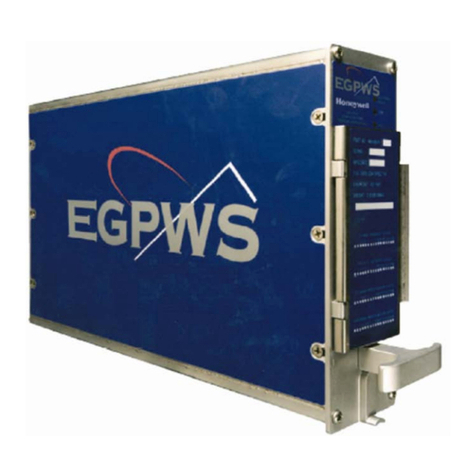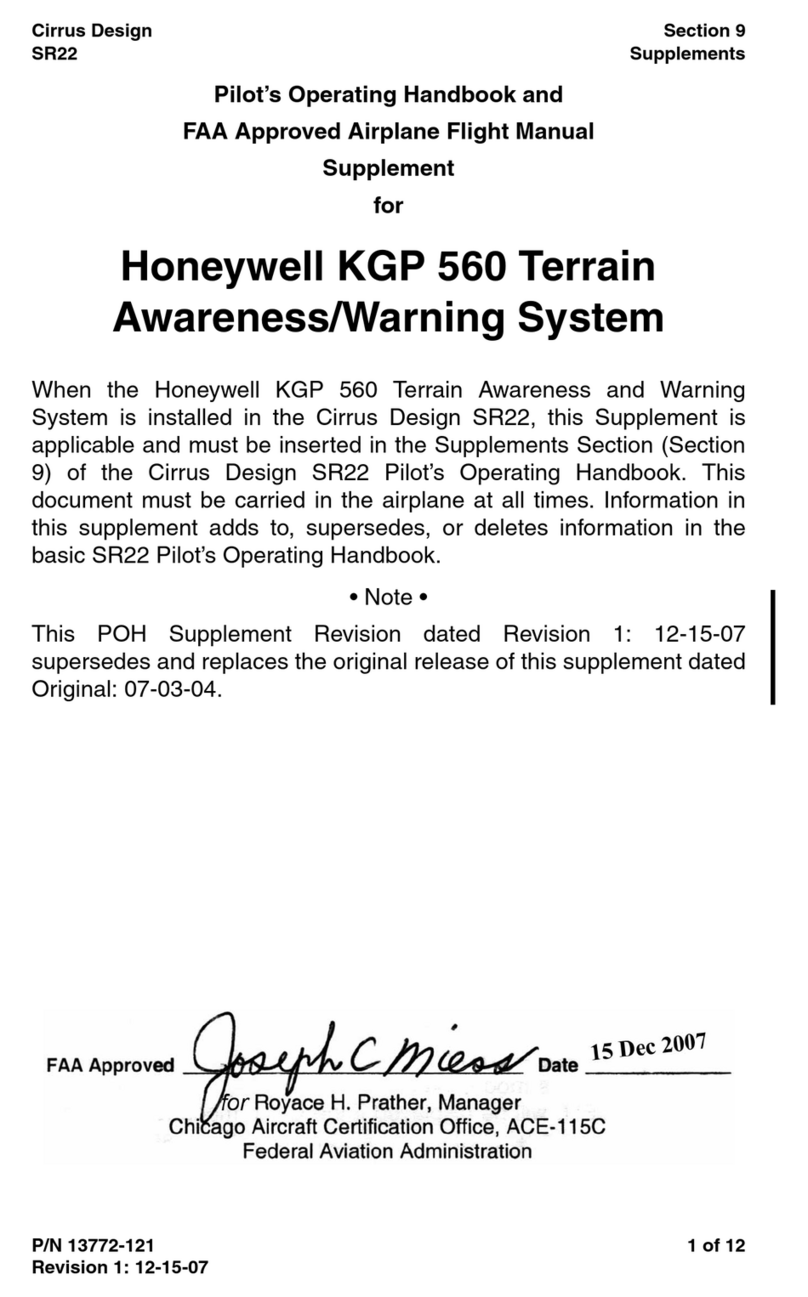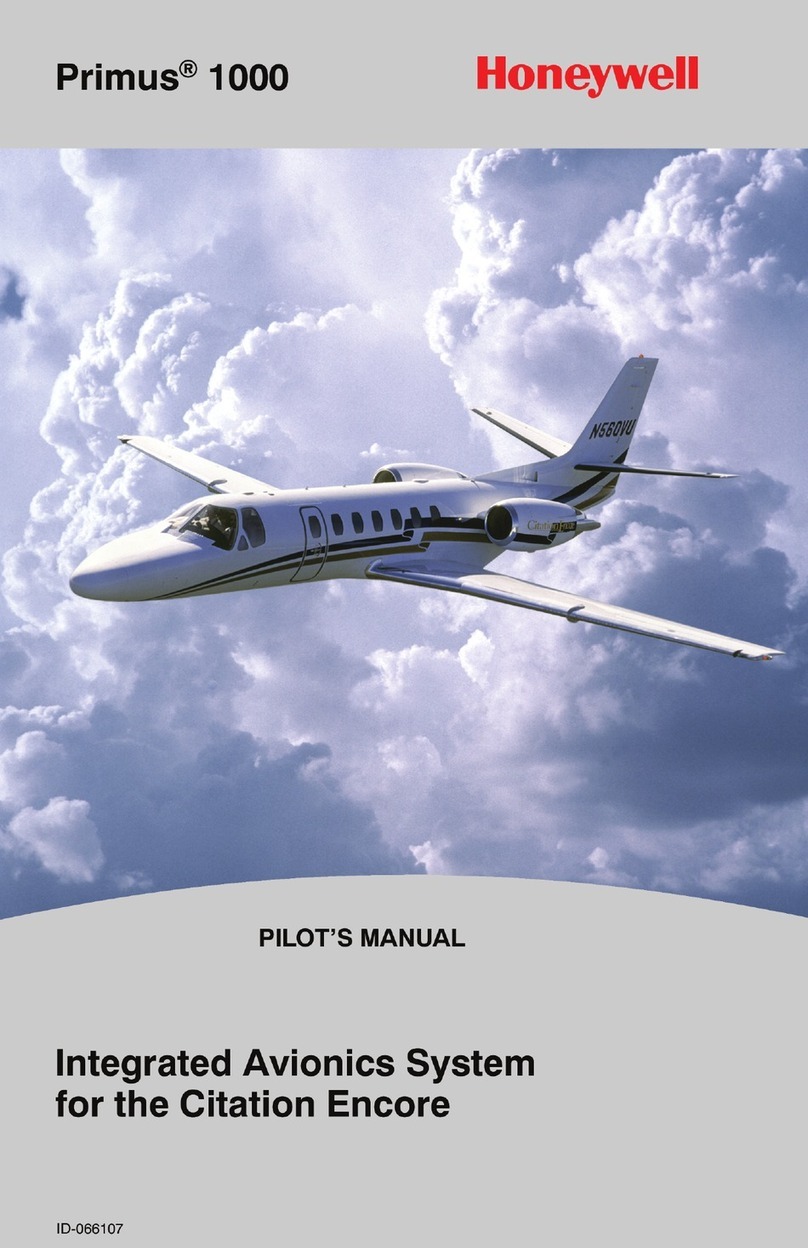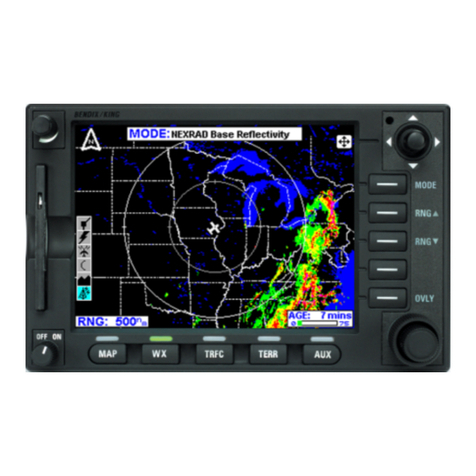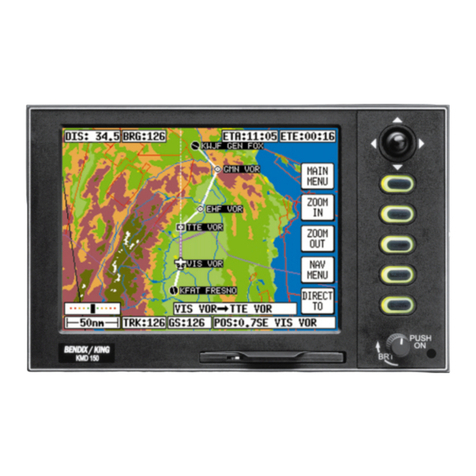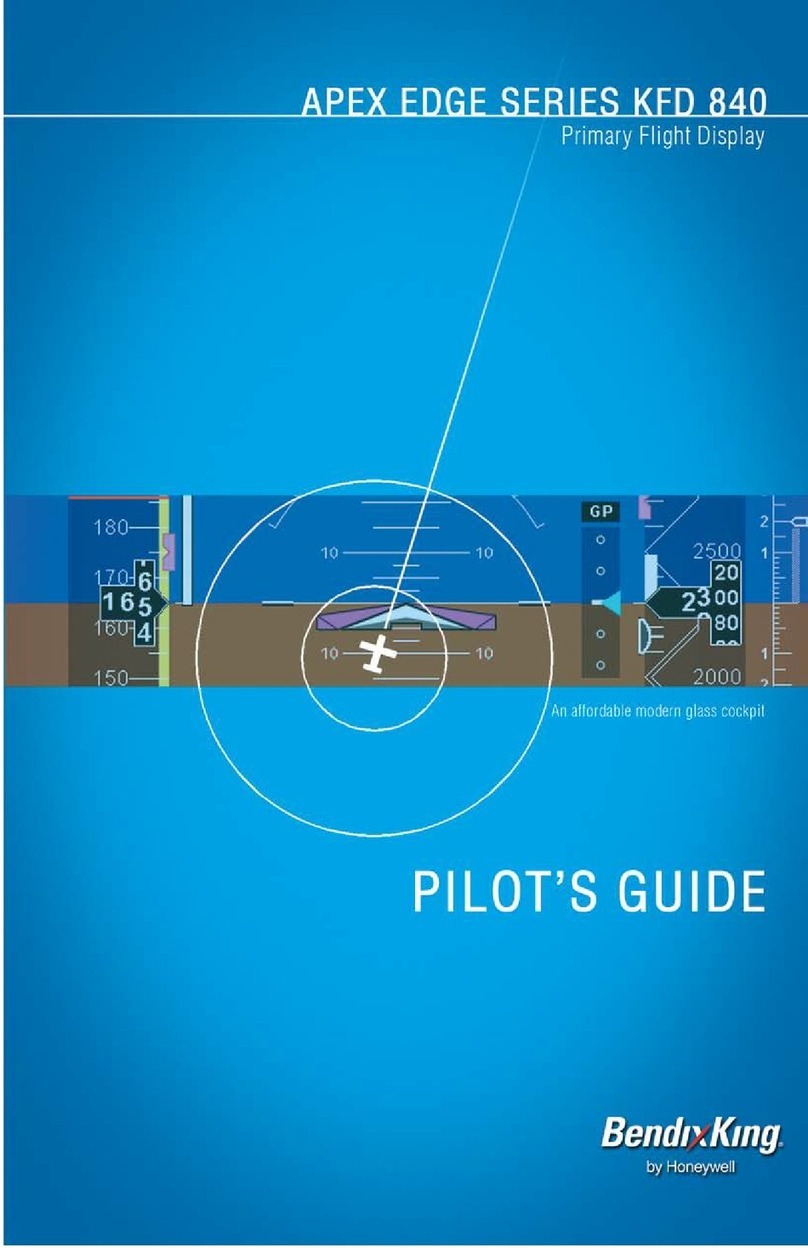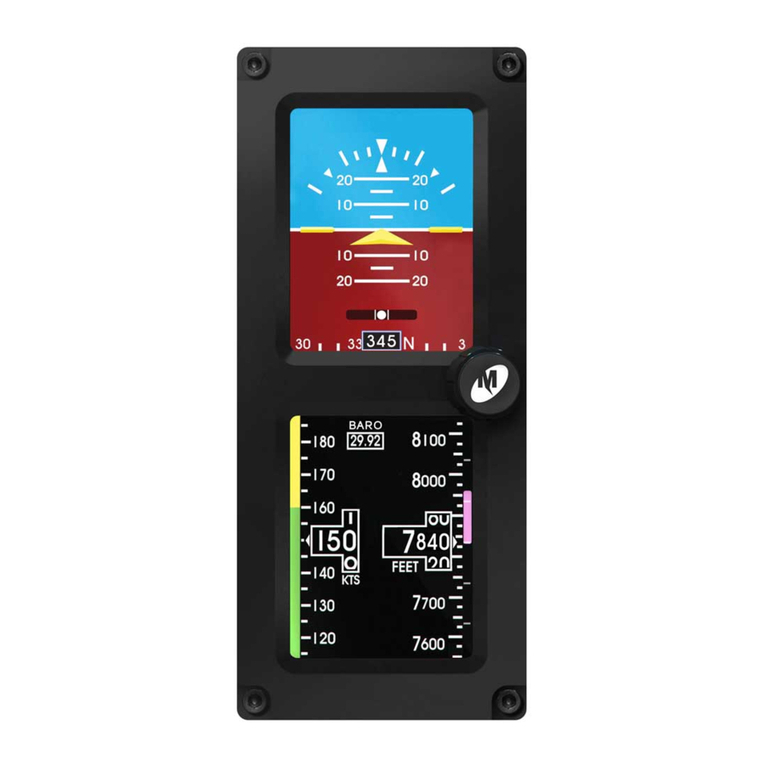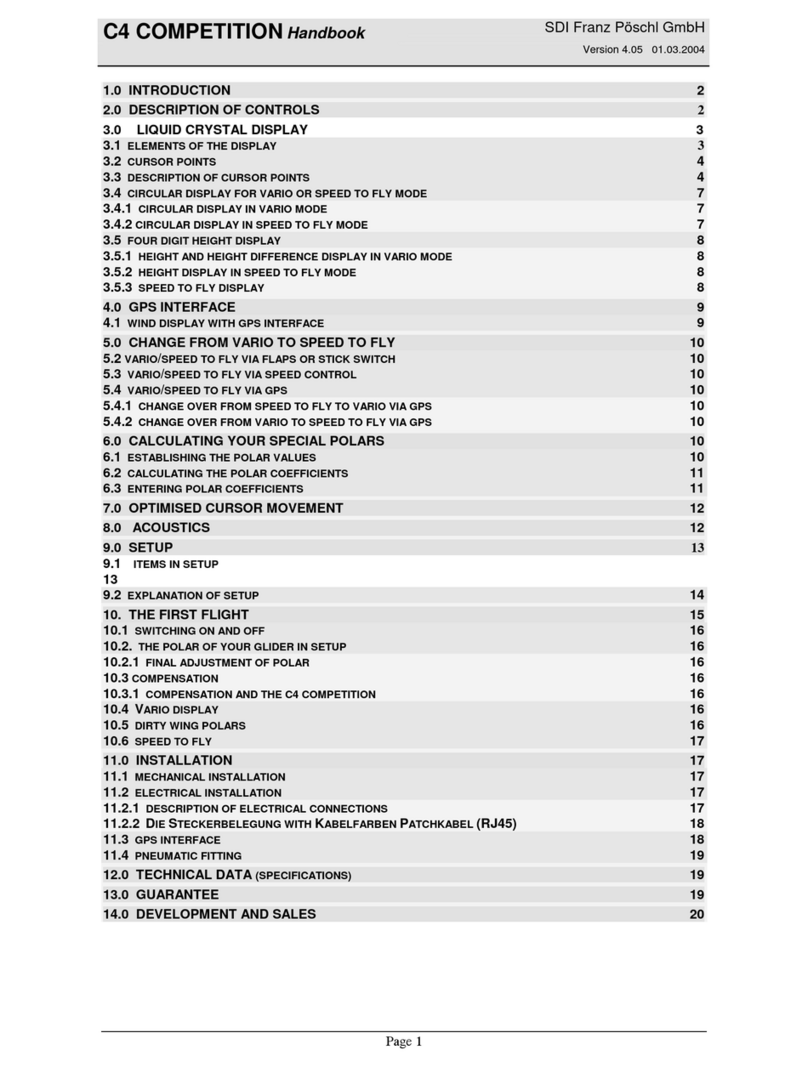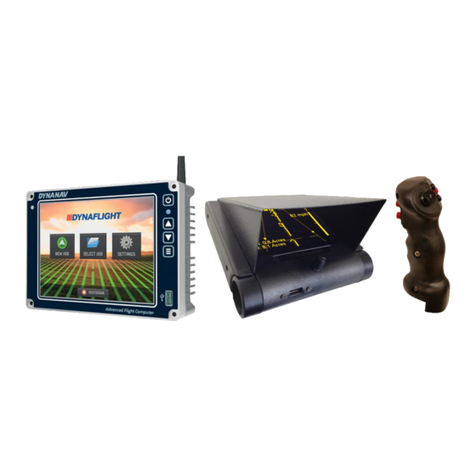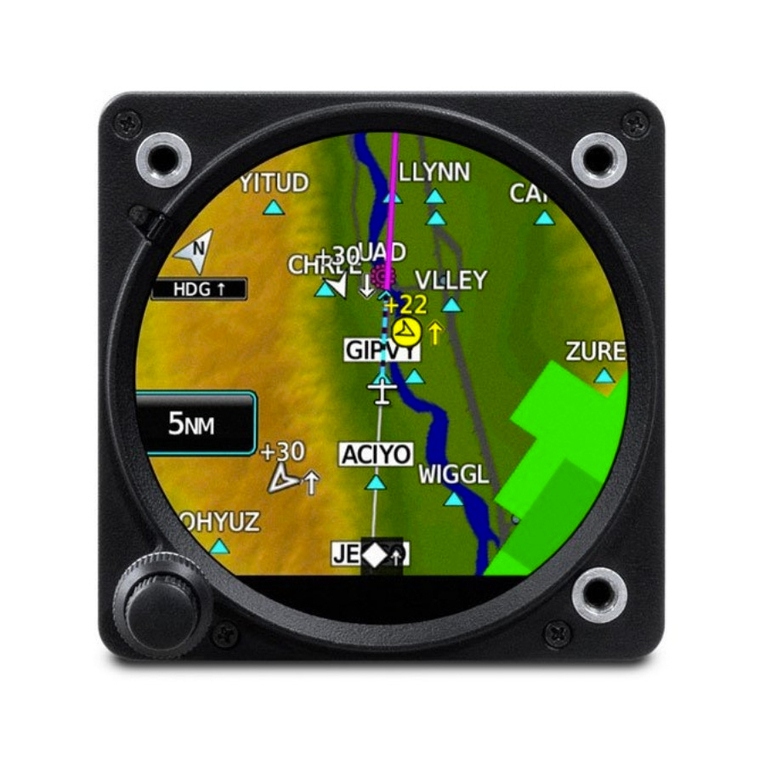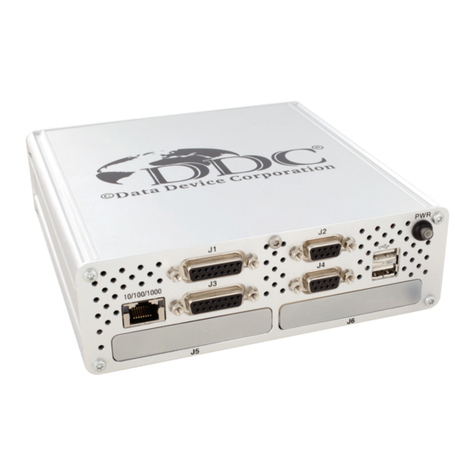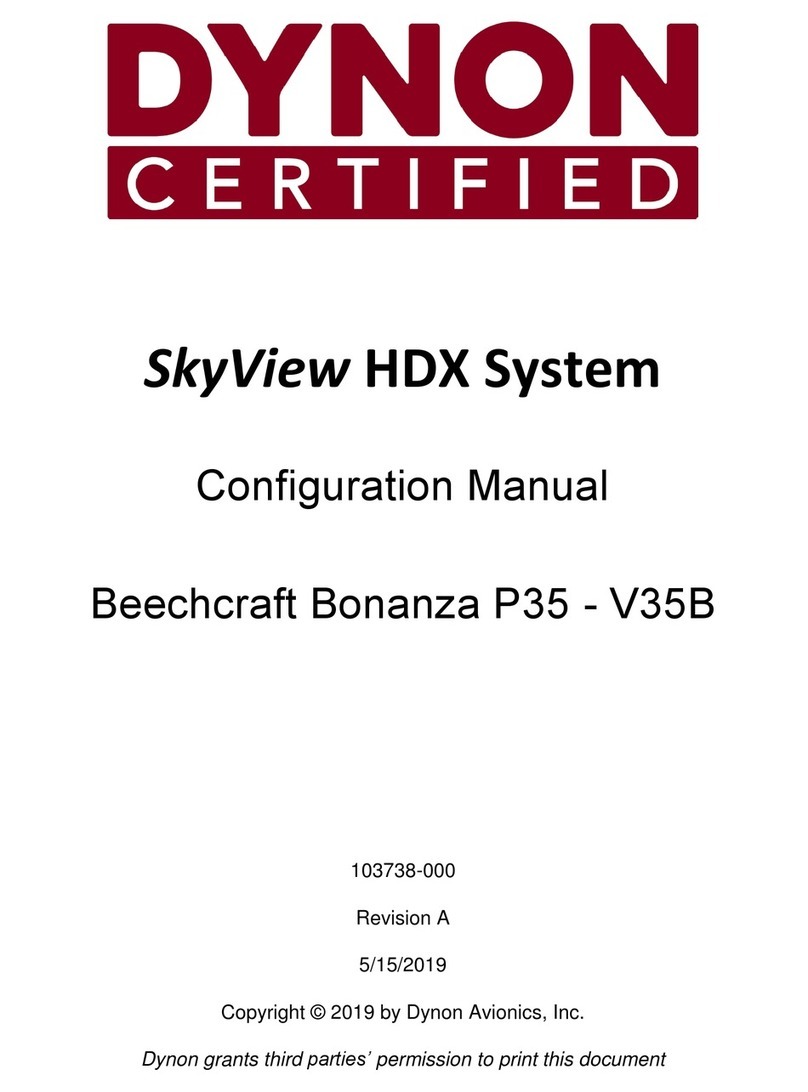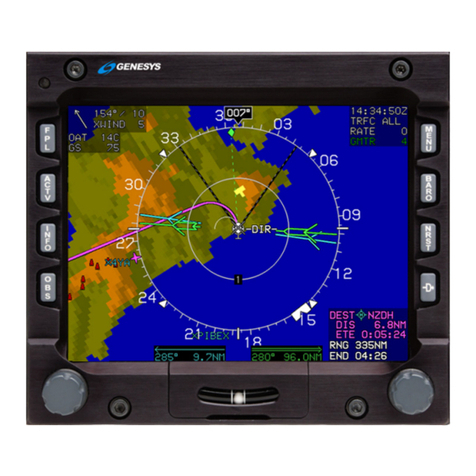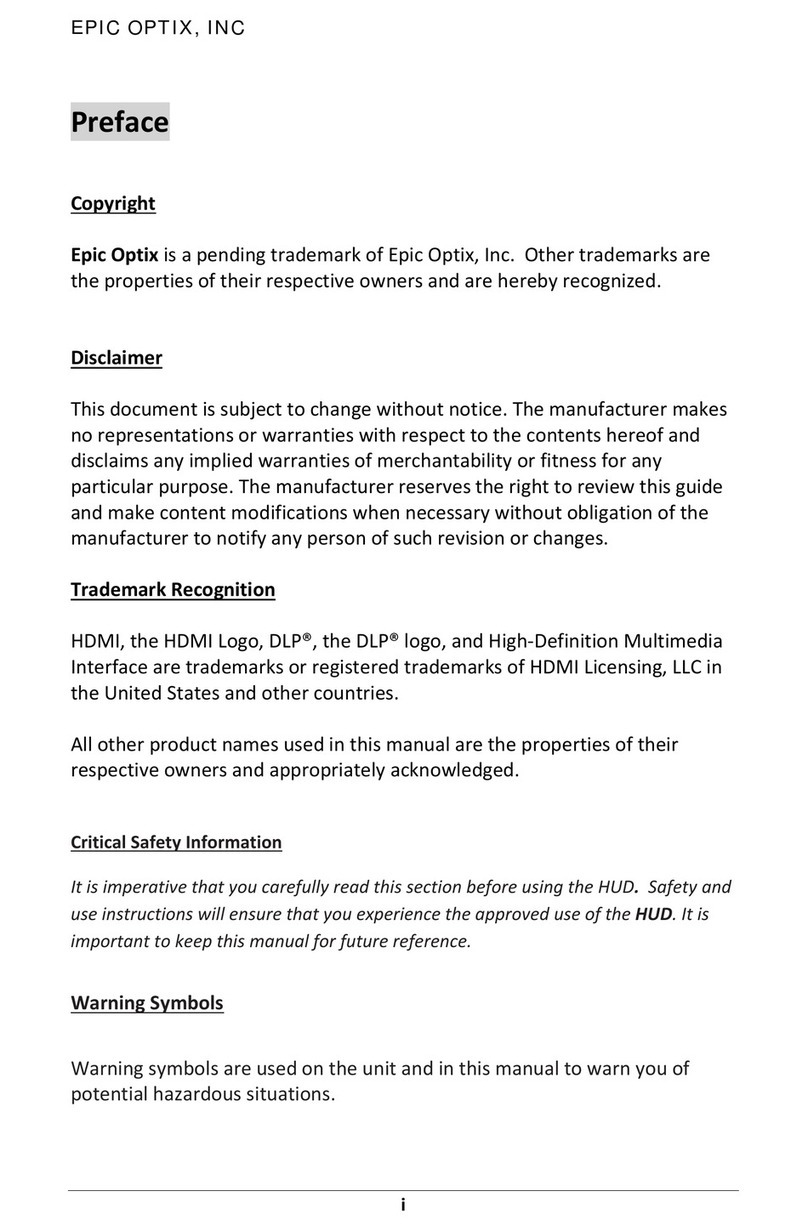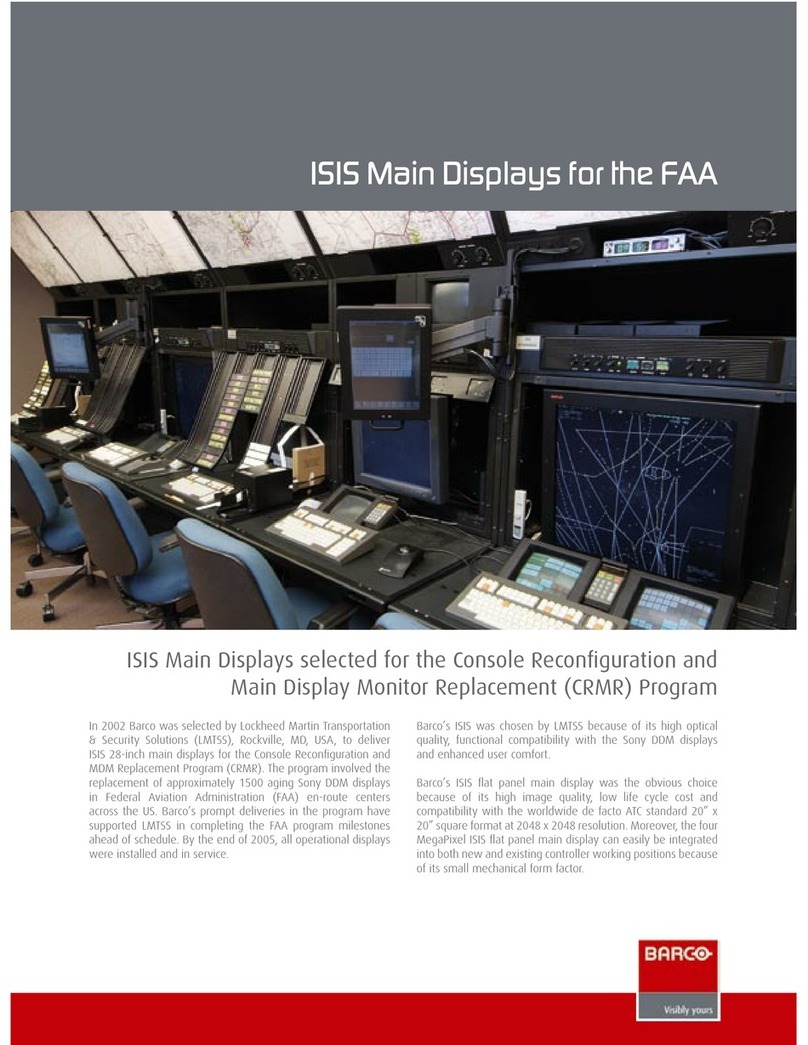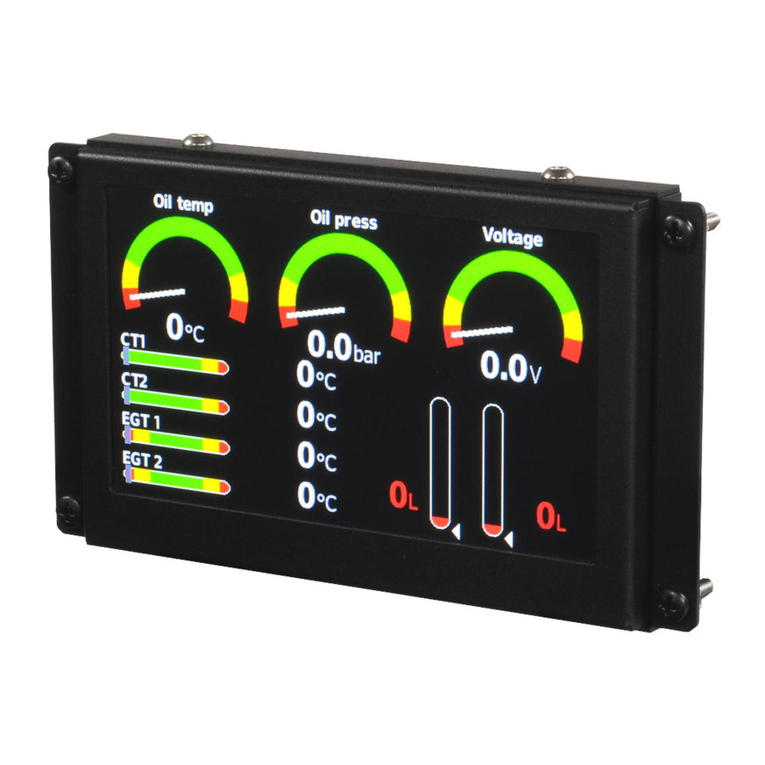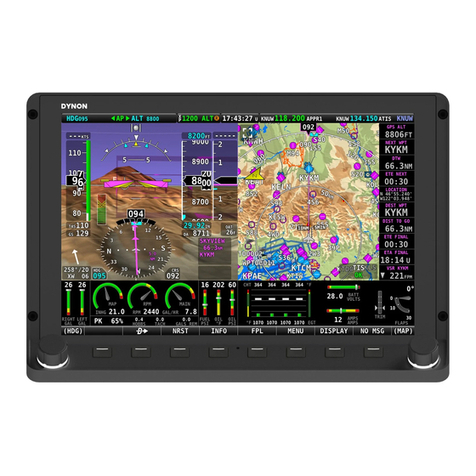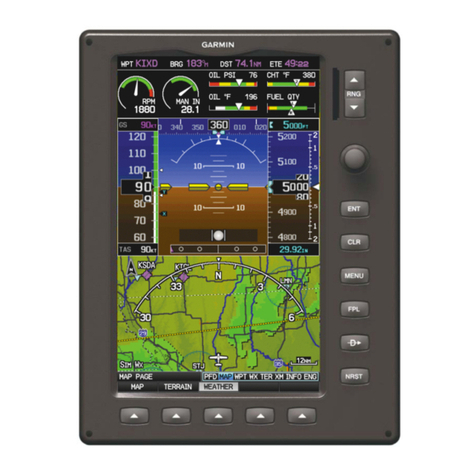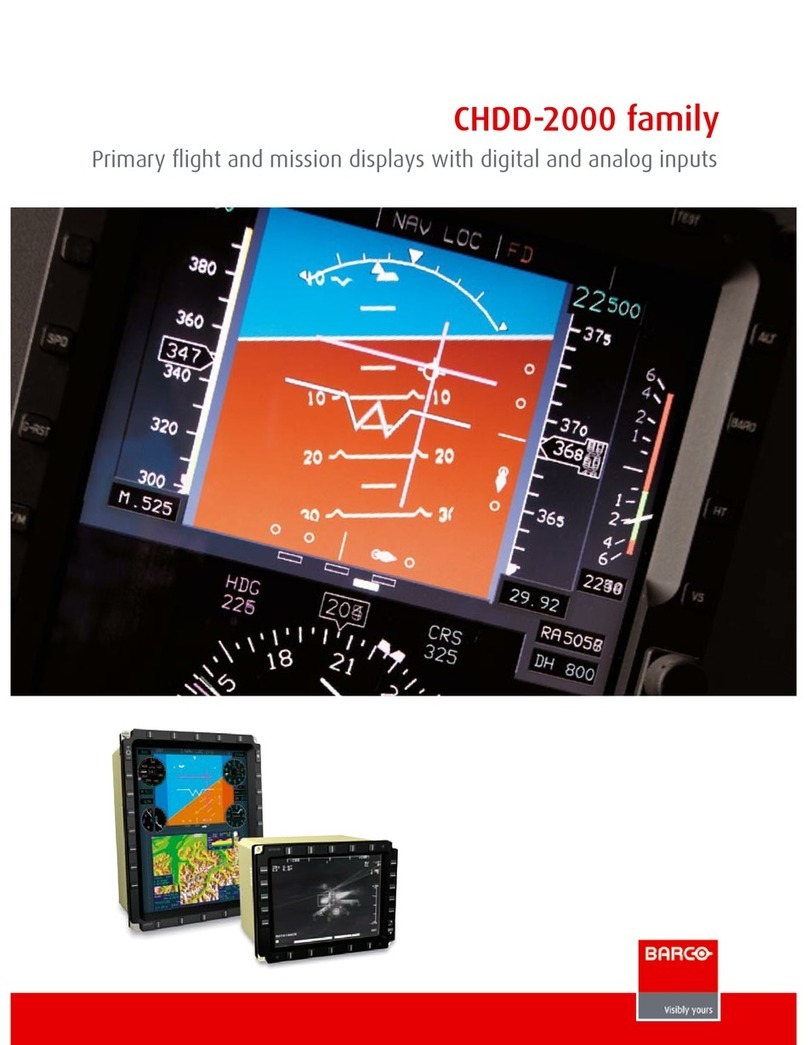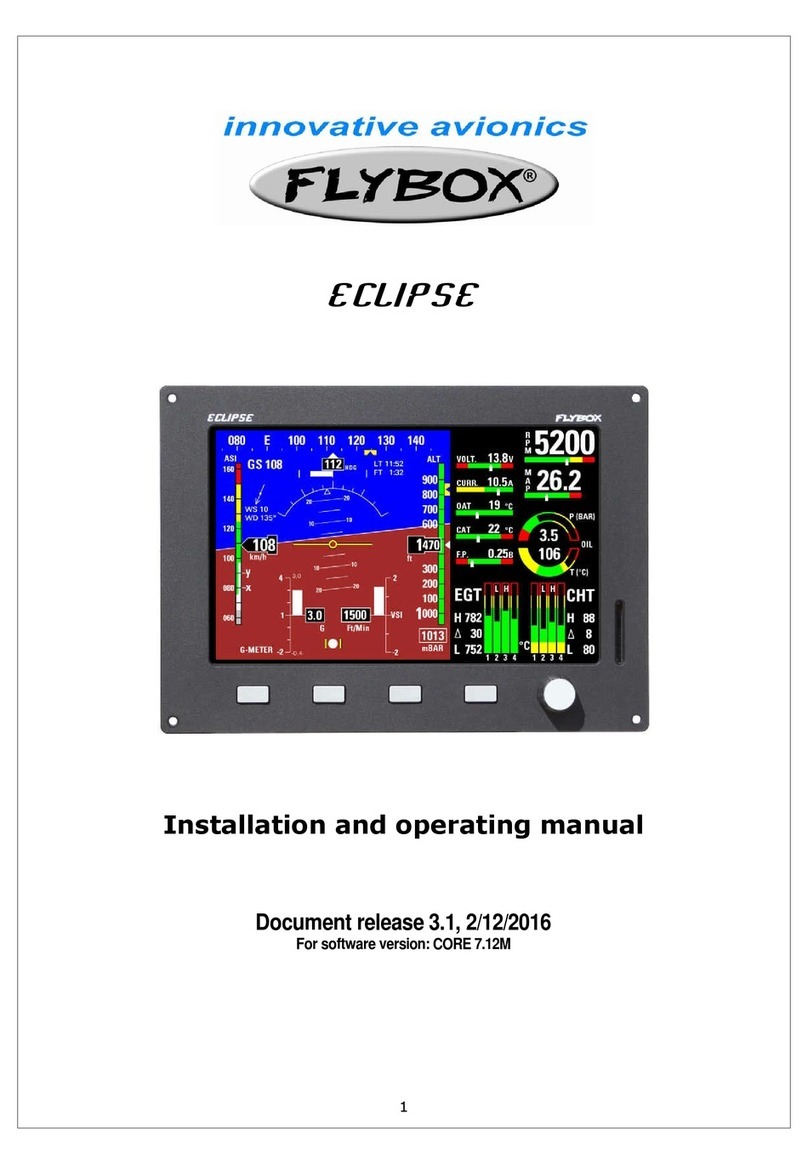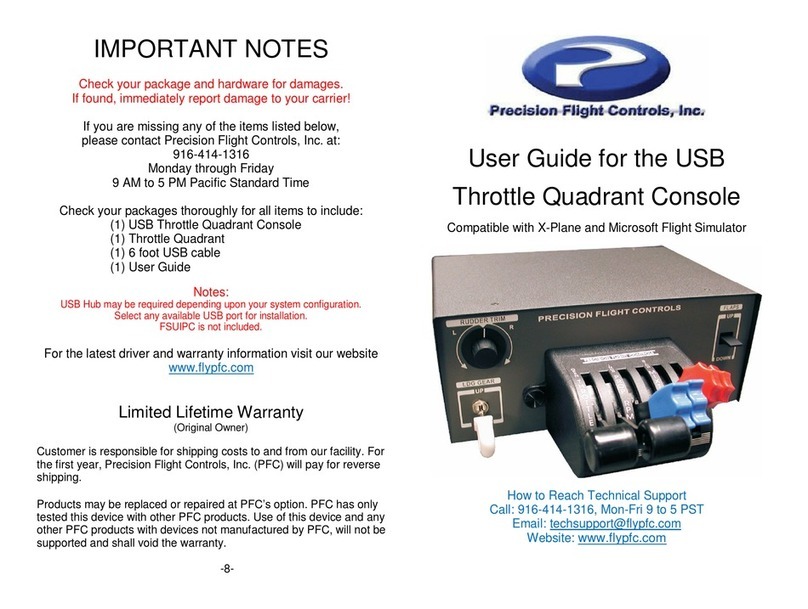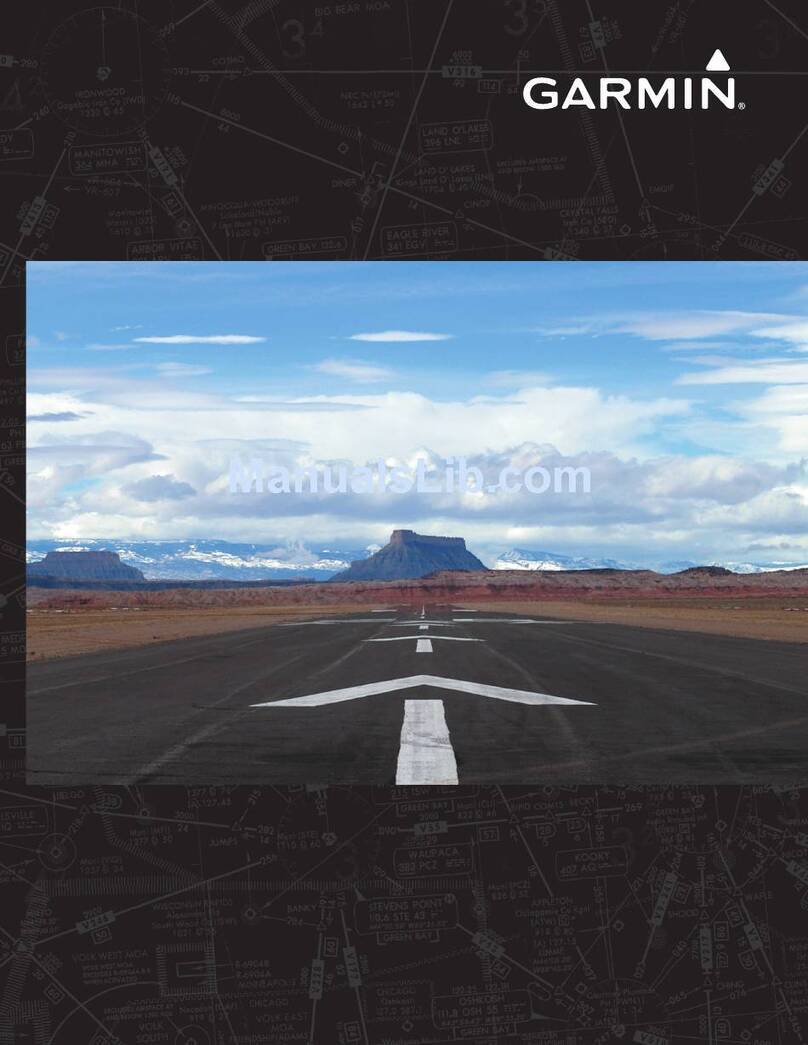
IntuVue RDR-4000 Weather Radar Pilot's Guide
D201002000008 Introduction
Rev 1, December 2014 3
OPERATIONAL LIMITATIONS AND CONSIDERATIONS
The limitations of the radar system have been consolidated here
because of their importance. This section should be read thoroughly
and frequently as a reminder of weather radar limitations.
Weather detection, analysis, and avoidance are the primary functions
of the radar system. Airborne weather systems are not intended as a
terrain or traffic collision avoidance system.
Your radar is a weather avoidance tool. It should never be used for
weather penetration. It will help you see and plan avoidance
maneuvers around significant weather encountered during flight.
Radar detects raindrops, hail, and ice particles. It does not detect
clouds or fog.
Radars detect the presence of precipitation. Storm associated
turbulence without precipitation can extend several thousand ft above
a storm and outward more than 20 nm.
Turbulence detection requires the presence of precipitation. Clear-air
turbulence is not detected or displayed.
The weather display corresponds to the selected range while the
turbulence display is overlaid for the first 40 nm in the ALL and ON
PATH modes (regardless of range selected). If the Hazard Display
features are installed, turbulence will be displayed for the first 60 nm,
and will be shown in the ALL WX, PATH WX, and ELEVN modes.
Hail and lightning icons indicate that conditions are conducive to the
development of hail or lightning. Since this technology is predictive,
icons often appear prior to the actual formation of the hail or lightning.
Hence, the presence of icons does not guarantee that hail or lightning
will be present. Similarly, the absence of an icon does not guarantee
that the condition will not be present.
Below 1,800 ft windshear and weather scans are interleaved. The
windshear detection operation is transparent to the crew unless an
alert is issued.
Leave the system OFF until it is safe to operate the radar (see
ON/OFF on page 6). While OFF there is no radiation hazard to
nearby personnel.
Reference the following Federal Aviation Administration (FAA)
Advisory Circulars:
AC 00-24B Thunderstorms
AC 00-6A Aviation Weather
AC 00-50A Low Level Wind Shear
AC 20-68B Recommended Radiation Safety Precautions

